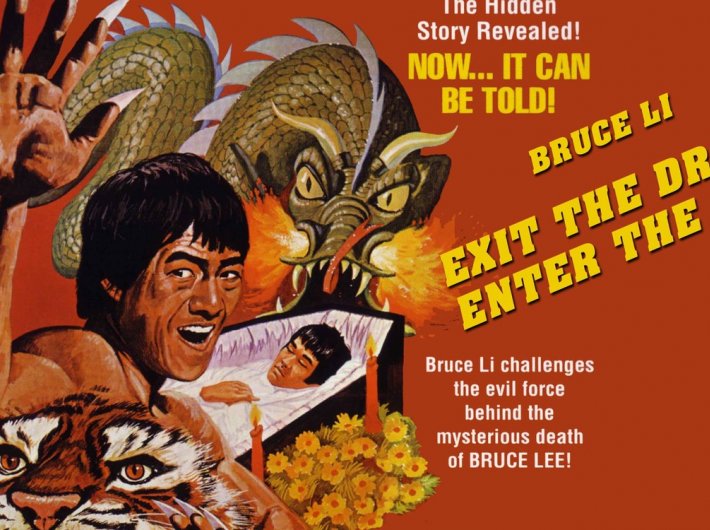In a major development on July 6, the Chinese army started moving back its tents, vehicles as well as troops from locations where disengagement was agreed upon in eastern Ladakh’s Galwan Valley. This is a significant milestone in regional geopolitics with India having been successful in isolating the ‘expansionist’ design of an increasingly belligerent China aggressively pushing its strength across all neighbouring countries. This has been possible due to our integrated approach of handling the issue at all three levels – military, diplomatic and economic.
First, the military part. The Indian army has successfully demonstrated it is combat ready and is second to none. While the casualty in the Chinese camp is not officially described, by all estimates our brave soldiers have been able to retaliate with a ferocity that the Chinese would not have anticipated. The Indian army has fought successful battles, while the Chinese did not have much history of successful battle in recent times. The PLA was last at war in the mid-1980s, some 35 years ago. Today’s Chinese military has very little combat experience. Apart from combat experience, the morale of Indian troops is at very high, with the whole country lauding their sacrifice. Each martyr has been given the honour that he deserved. In contrast, China has not even officially released the number of casualties, forget about giving them the due recognition and dignity. The recent visit of prime minister Narendra Modi to Ladakh has been a huge morale booster to all those who are at the forefront of the fight.
Second. China has been on an overdrive in pursuit of its expansionary design by initiatives like the One Belt, One Road (OBOR) initiative. It represents Chinese thrusts, both towards central and south Asia along with other strategic initiatives like the Maritime Silk Route. This route aims at creating a network of warm water ports in South and West Asia and Africa, giving China a stronghold over the Indian Ocean. Rightly appreciating the Chinese design and threat, India, Japan, Vietnam and US are amongst the non-signatories. To checkmate Chinese posturing, the Quad – an informal consultative mechanism comprising the United States, Australia, Japan, and India – has been in place to counter China’s continued militarization of and attempts to control strategic waterways throughout the region. China has staked a claim to a large part of the South China Sea. Countries like Philippines started arbitrary proceedings against China under the United Nations Convention on the Law of the Sea (UNCLOS). UNCLOS has implicitly invalidated China’s territorial claims.
Against the background of the current standoff, the entry of two US aircraft carriers recently in the flashpoint South China Sea last week is a clear signal of consolidation of efforts to counter expansionism.
Third, China is an export-led economy with a positive trade balance of $25 billion. Most of its exports are to the US, Japan, South Korea and Vietnam. As far as India is concerned, China is our largest importing partner (14%) against Indian exports of only 5%. Chinese exports to India comprise smartphones, electrical appliances, power plant inputs, fertilisers, auto components, finished steel products, capital goods like power plants, telecom equipment, metro rail coaches, iron and steel products, pharmaceutical ingredients, and chemicals and plastics etc.
Recently in India, there has been a banning of 59 Chinese apps. Chinese products and services and Investments are being shunned. Many contracts and MoUs are now being terminated by India. In respect of apps, India contributes a respectable number of users which drive valuation. TikTok owner Byte Dance has a valuation over $100 billion which would make it the most valuable start-up in the world. Its download in India is more than even in its home country China, and the ban in India will sharply bring down its valuations.
A combination of all the three, giving a befitting military reply, successfully isolating China diplomatically and economic boycott, has helped India in achieving its national interest and successful in resulting in a pushback to the Chinese in their advancement.
In 1976 there was a Bruce Lee movie, ‘Exit the Dragon, Enter the Tiger’. The reel caption seems the best to describe the real episode in the Sino-India standoff today in 2020.
Mishra is a policy analyst and columnist.


